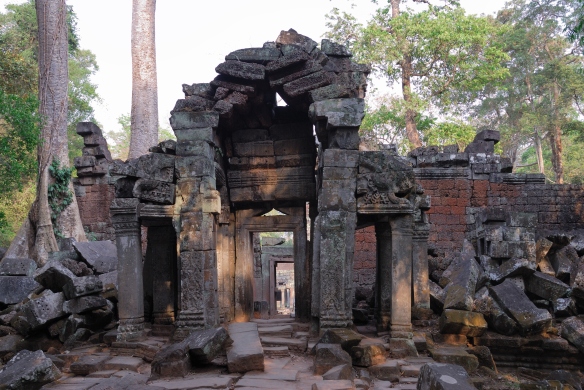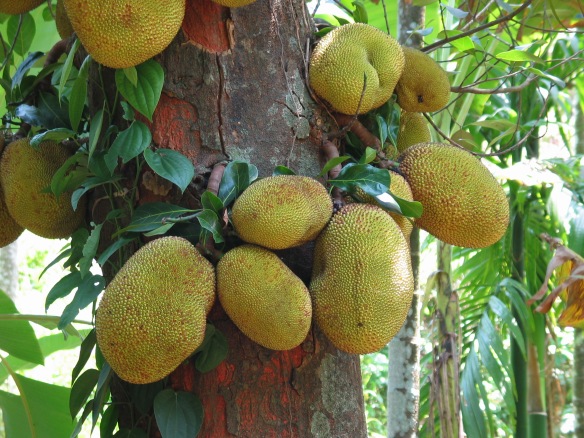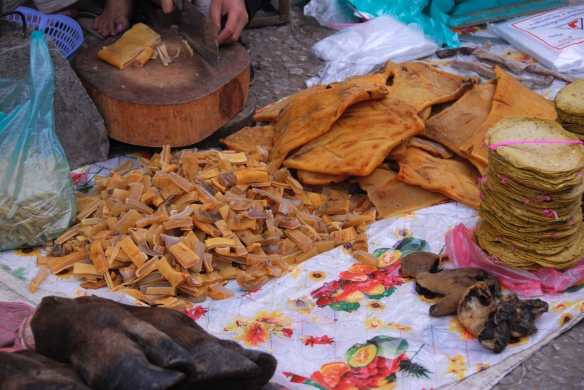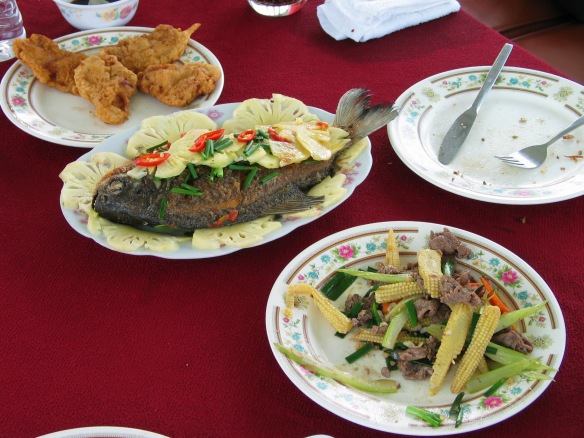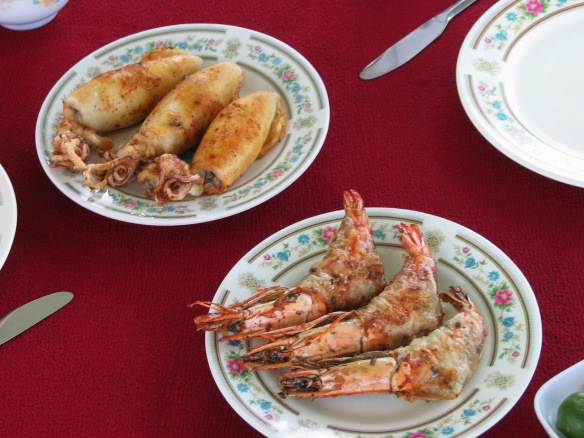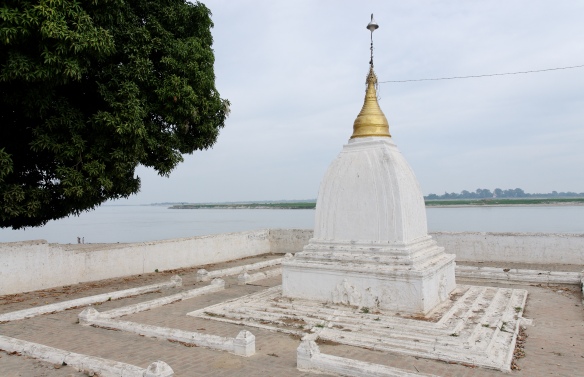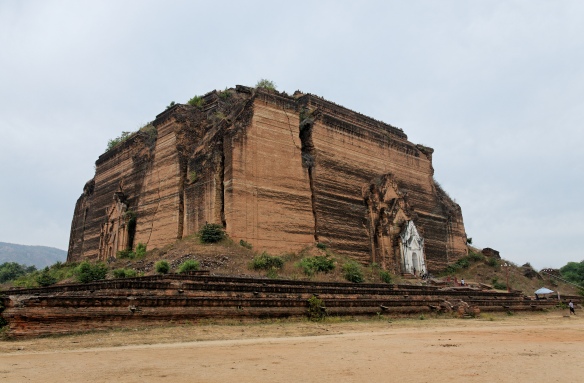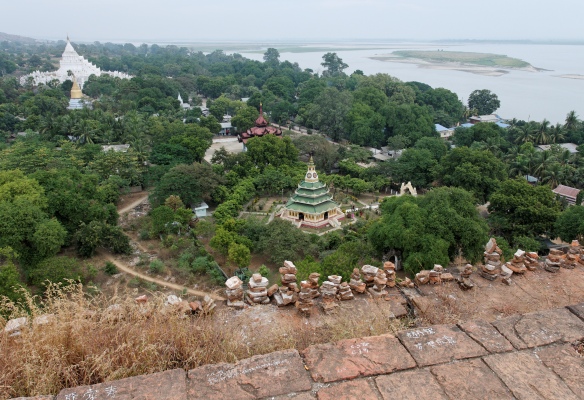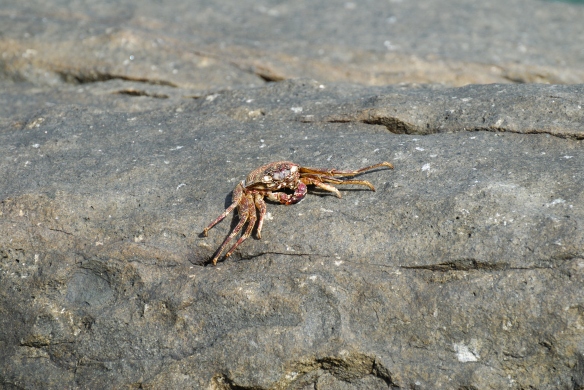 We’ve come to Paris for a quick getaway, and Stuttgart is less than 4 hours by direct fast train. As we think about what we want to do and see, we realize neither of us have ever visited Chartres.
We’ve come to Paris for a quick getaway, and Stuttgart is less than 4 hours by direct fast train. As we think about what we want to do and see, we realize neither of us have ever visited Chartres.
Uwe and I go out of our way to see sacred places around the globe. (See my posts The Cult of Bà Chúa Xứ or The Music of the Heavenly Spheres for some photos and tales from other sacred spots.) Energies gather in some unlikely places. Sometimes I stand in famous spots and am disappointed, while a place less known for religion makes me feel the presence of the divine.
Chartres. I’ve been trying for days – weeks, actually – to summarize the “facts” about this site. It was built 1140-1260 and the labyrinth was laid in the first decade of the 13th century. I wonder what to mention about Chartres’ 1,000 years as a pilgrimage destination, or the female energies of the cathedral and their tenderness. Mary’s tunic, the Sancta Camisia worn at the birth of Jesus Christ, was brought here by Charlemagne. The king in turn had been given the relic as a gift during a trip to Jerusalem.
When the earlier church building burned on June 10, 1194, the Sancta Camisia miraculously survived. Chartres remains an important Marian pilgrimage center, and the faithful still come from around the world over to honor it.
Chartres is one of the most impressive Gothic cathedrals on Earth. Back in my college days at the University of Oregon, Professor James Boren in his Chaucer and Medieval Literature classes explained Chartres as literally turning the architectural form inside out. For the first time the ribs holding up the entire structure had been placed outside, allowing the inside heart of the structure to soar up into the Heavens, seemingly without limits. The support of flying buttresses was necessary because of the unprecedented size and heights of the stained glass windows and the nave. Professor Boren’s face glowed; this stern and learned man radiated as he lectured about a place that he said changed him when he saw it. That lecture and the look on his face stayed with me. Chartres: someday I would see it.
***
Chartres Cathedral contains one of the few remaining medieval labyrinths. It’s large with a circumference of 131 feet, almost exactly the same size as the West Rose window.
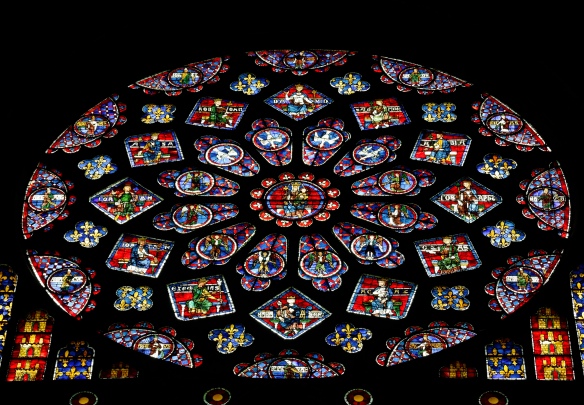
In the Middle Ages, French church labyrinths were the sites of Easter dances involving clergy and the tossing of a leather ball. Sadly, the labyrinths were destroyed, covered over, or hidden by Church authorities suspicious of their powers and pagan beginnings. (Labyrinths, including Chartres’, traditionally had an disk or placque of Theseus and Ariadne and the Minotaur at their centers. In fact, another name for a cathedral that contained a labyrinth was the “Domus Daedali” [House of Daedalus], a nod to antiquity’s Daedalus, designer of the labyrinth that held the Minotaur in Knossos.) *
But, Chartres’ labyrinth survived. I learn that while it’s covered by chairs most of the time, the labyrinth is made free for visitors to enter on Fridays. My one request to Uwe for our trip becomes, “Please let’s go to Chartres on Friday!”
So here we are, entering one of the holy pilgrimage destinations in Christianity.
Chartres. Once inside, the cathedral’s beauty immediately takes my breath away. I am so deeply moved that in the next moment I’m close to tears. Whatever I expected, this sacred soaring space is beyond all imagination. Light streams in through the windows and illuminates the visitors, pilgrims, and the simply curious. All of us are suffused in colors.
For a while I just walk around. Uwe’s already moved off with his camera, ready as always to use his art with photography to capture in images what my brain grapples with in words.
As the minutes pass I grow more and more stunned. And I remain dangerously, or is that gorgeously, close to breaking into tears. There is an energy to this place, a sense of the holy and the really, really blessed, that I have seldom felt anywhere.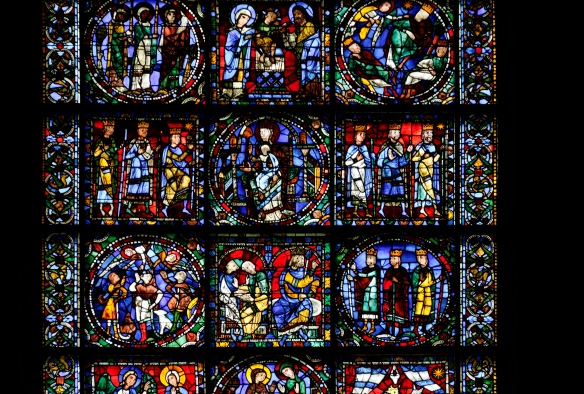
The Schwedagon Pagoda in Burma comes to mind. It is the most important pagoda in the country, and I felt the top of my head buzz like it was going to blow off from the concentration of religious energies. Or a back pond in the Adirondacks with only my family as fellow witnesses: loons with a pair of chicks calling in low cries to one another as they eyed us but didn’t swim away. Or a tiny Greek Orthodox church in Thessaloniki, supposedly built on the site where Apostle Paul preached. I attended on Sunday with my friend Cynthia and our Greek host Fotis, who led us up to an altar surrounded by burning, hand-dipped wax tapers. Fotis insisted we take bread from the common basket. Tears streamed on both our faces; I finally felt the deeper meaning of breaking bread in fellowship.
All of these places’ sacred energies are present in Chartres. It is so much more than I deserve or had awaited. I take a deep breath to center myself, and move forward to stand poised at the entry to the labyrinth.
***
“A labyrinth is an ancient symbol that relates to wholeness. It combines the imagery of the circle and the spiral into a meandering but purposeful path. …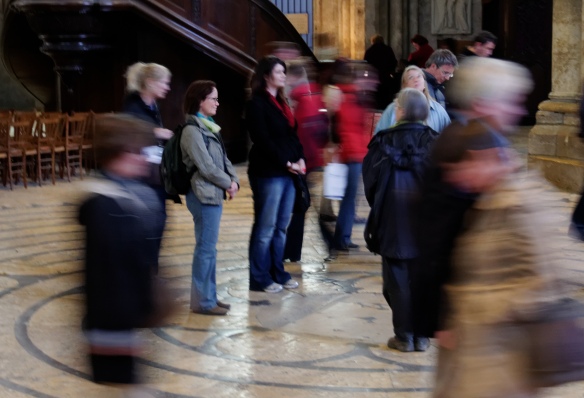
“A labyrinth is an archetype with which we can have a direct experience. … It is a metaphor for life’s journey. It is a symbol that creates a sacred space and place and takes us out of our ego to “That Which Is Within.” At its most basic level the labyrinth is a metaphor for the journey to the center of your deepest self and back out into the world with a broadened understanding of who you are. …
“A labyrinth is not a maze. A maze is like a puzzle to be solved. It has twists, turns, and blind alleys. It is a left brain task that requires logical, sequential, analytical activity to find the correct path into the maze and out. A labyrinth has only one path. It is unicursal. The way in is the way out. There are no blind alleys. The path leads you on a circuitous path to the center and out again.
“A labyrinth is a right brain task. It involves intuition, creativity, and imagery. With a maze many choices must be made and an active mind is needed to solve the problem of finding the center. With a labyrinth there is only one choice to be made. The choice is to enter or not. A more passive, receptive mindset is needed. The choice is whether or not to walk a spiritual path.” – Dan Johnston, Ph.D. at www.lessons4living.com

While I walk the labyrinth and contemplate the mystery of the sacred**, Uwe photographs me. When I see his photos later I’m surprised, and glad.
***
NOTES: * Another name for the eleven-circuit labyrinth is the “Chemin de Jerusalem” or Road of Jerusalem. Walking the labyrinth in Chartres or other places could be made instead of making the pilgrimage to Jerusalem.
** I haven’t even tried to talk about the lunations of the labyrinth. Their meaning is still debated. A celestial calendar? Esoteric design of the deeper mysteries?
Walking a Sacred Path. Rediscovering the Labyrinth as a Spiritual Tool. Dr. Lauren Artress, Riverhead Books, 1995.
http://www.sacred-destinations.com/france/chartres-cathedral
http://www.lessons4living.com/chartres_labyrinth.htm
(All photographs can be enlarged by simply clicking on the image.)
More pictures from France and of Uwe’s photography may be viewed at viewpics.de.














